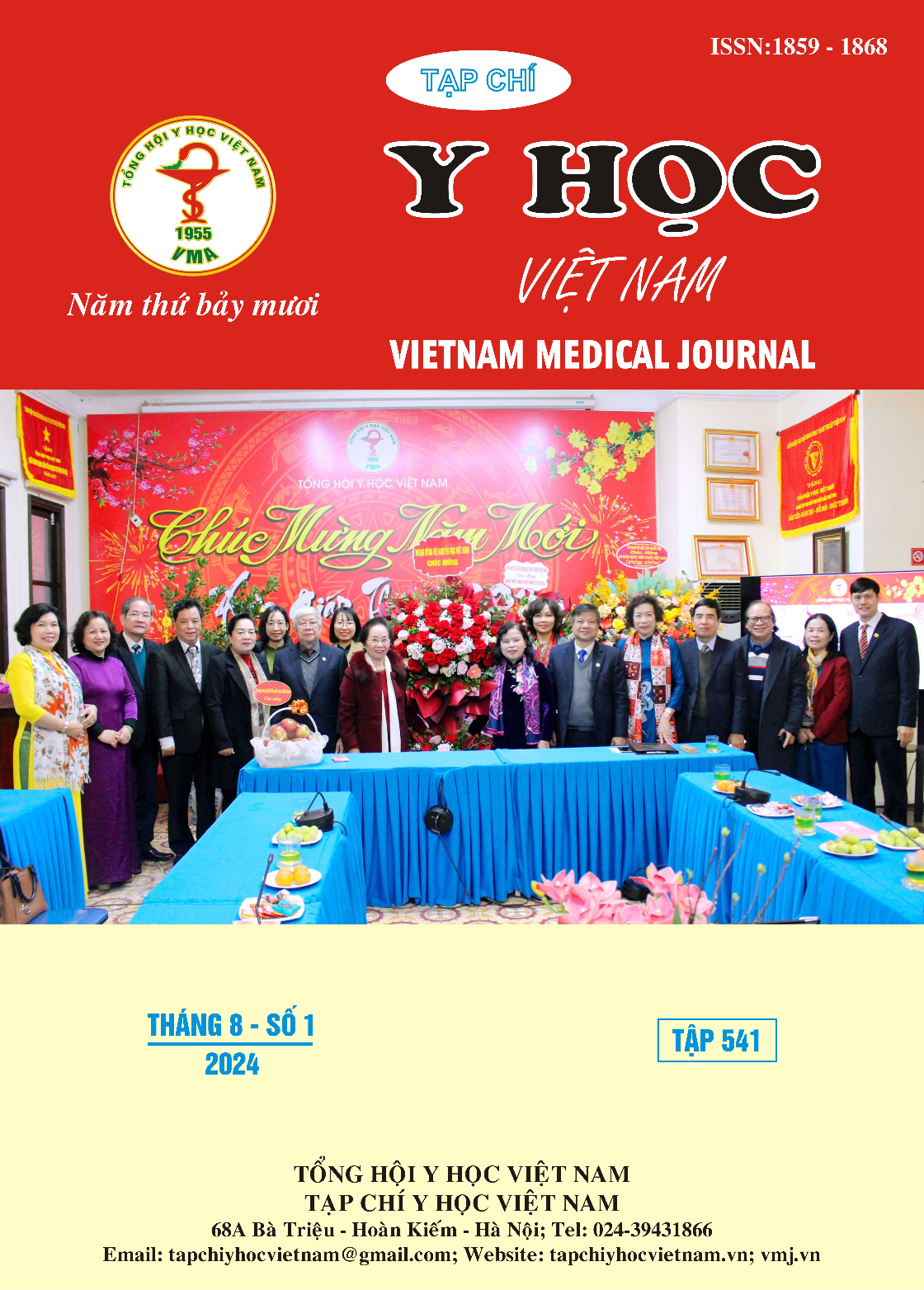EFFECTIVENESS OF PHYSICAL THERAPY IN THE TREATMENT CARPAL TUNNEL SYNDROME
Main Article Content
Abstract
Objective: To evaluate the effectiveness of physical therapy in patients with carpal tunnel syndrome (CTS) of all degrees, with or without comorbidities. Material and method: Literature review on pain relief, symptom improvement, function and neurophysiological parameters of physical therapy methods in the treatment of carpal tunnel syndrome from articles on two Pubmed databases and PEDro. Result: Of the 11 studies included in the systematic review, most of the studies were performed on patients with mild and moderate severity, only 3 studies were performed on patients with severe severity. Physiotherapeutic methods were effective in improving clinical signs such as pain intensity, nocturnal pain severity, symptoms and function as well as neurophysiological indices of the upper extremities. Additionally, physiotherapy treatments can also be effectively combined with other noninvasive treatment options. Conclusion: Patients with mild to severe carpal tunnel syndrome have nonsurgical treatment options to reduce pain intensity, symptom severity, and improve hand function and neurophysiology. The effectiveness of physiotherapy interventions can be achieved earlier and last equivalently when compared to surgical methods. Combining treatment methods has also been shown to be more effective.
Article Details
Keywords
Physiotherapy, Carpal tunnel syndrome
References
2. Rempel D, Gerr F, Harris-Adamson C, et al. Personal and workplace factors and median nerve function in a pooled study of 2396 US workers. Journal of occupational and environmental medicine. Jan 2015;57(1):98-104. doi:10.1097/ jom.0000000000000312
3. Huisstede BM, Hoogvliet P, Franke TP, Randsdorp MS, Koes BW. Carpal Tunnel Syndrome: Effectiveness of Physical Therapy and Electrophysical Modalities. An Updated Systematic Review of Randomized Controlled Trials. Archives of physical medicine and rehabilitation. Aug 2018; 99(8): 1623-1634.e23. doi:10.1016/j.apmr. 2017.08.482
4. Turner A, Kimble F, Gulyás K, Ball J. Can the outcome of open carpal tunnel release be predicted?: a review of the literature. ANZ journal of surgery. Jan 2010;80(1-2):50-4. doi:10.1111/ j.1445-2197.2009.05175.x
5. Fernández-de-Las Peñas C, Ortega-Santiago R, de la Llave-Rincón AI, et al. Manual Physical Therapy Versus Surgery for Carpal Tunnel Syndrome: A Randomized Parallel-Group Trial. The journal of pain. Nov 2015;16(11):1087-94. doi:10.1016/j.jpain.2015.07.012
6. Fernández-de-Las-Peñas C, Cleland J, Palacios-Ceña M, et al. Effectiveness of manual therapy versus surgery in pain processing due to carpal tunnel syndrome: A randomized clinical trial. European journal of pain (London, England). Aug 2017;21(7):1266-1276. doi:10.1002/ejp.1026
7. Fernández-de-Las-Peñas C, Cleland J, Palacios-Ceña M, Fuensalida-Novo S, Pareja JA, Alonso-Blanco C. The Effectiveness of Manual Therapy Versus Surgery on Self-reported Function, Cervical Range of Motion, and Pinch Grip Force in Carpal Tunnel Syndrome: A Randomized Clinical Trial. The Journal of orthopaedic and sports physical therapy. Mar 2017;47(3):151-161.doi:10.2519/jospt.2017.7090
8. Xu D, Ma W, Jiang W, et al. A randomized controlled trial: comparing extracorporeal shock wave therapy versus local corticosteroid injection for the treatment of carpal tunnel syndrome. International orthopaedics. Jan 2020;44(1):141-146. doi:10.1007/s00264-019-04432-9.


